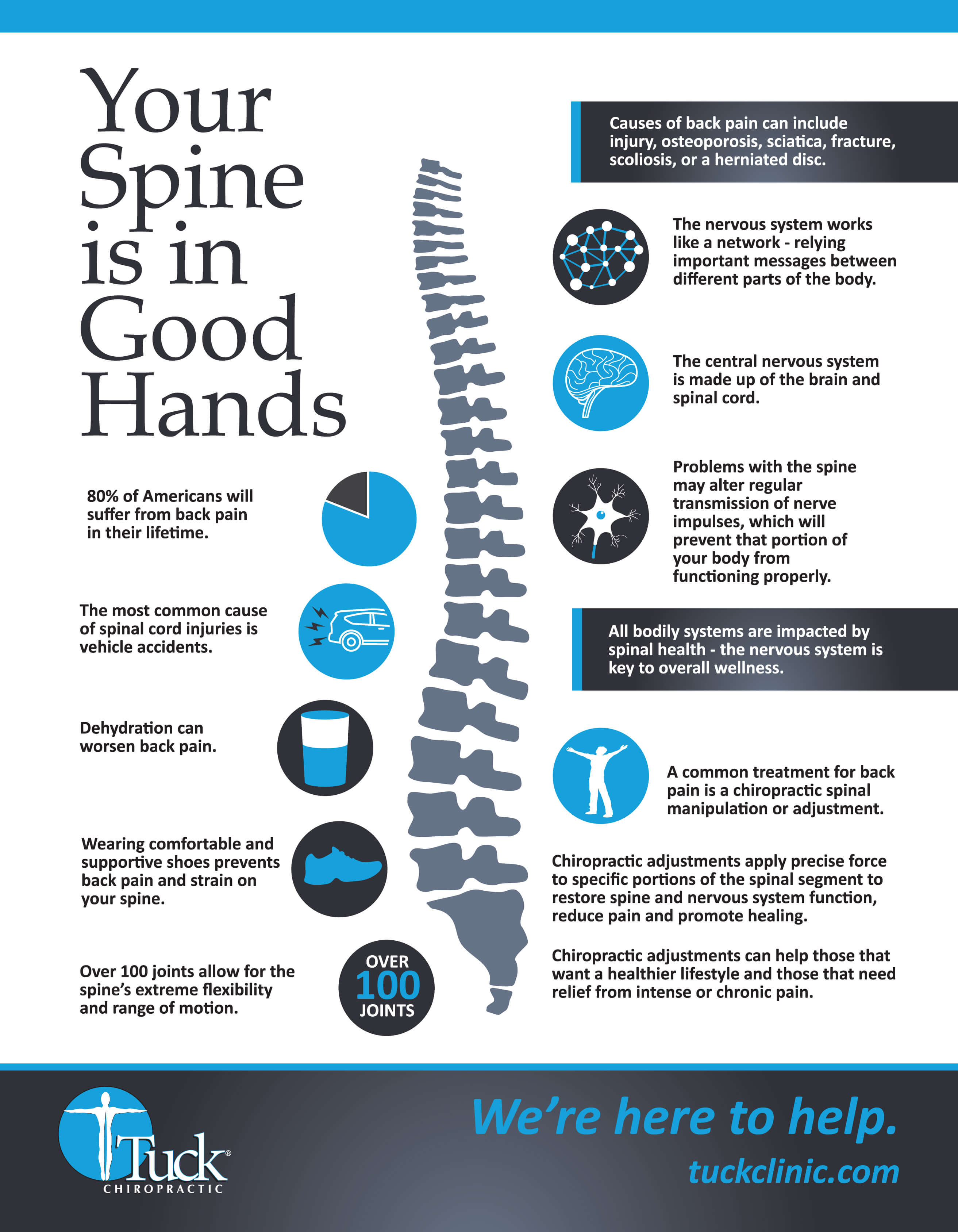Just When You Believe Relief Is Near, Soft Tissue Treatment Reveals Its Uneasy Facts-- Uncover Why The Process Can Be Excruciating Yet Helpful
Just When You Believe Relief Is Near, Soft Tissue Treatment Reveals Its Uneasy Facts-- Uncover Why The Process Can Be Excruciating Yet Helpful
Blog Article
capsule probiotics -Carson Crabtree
When you undergo soft Tissue therapy, you might locate it surprisingly awkward. This discomfort occurs as stress is applied to stressful muscle mass and broken cells, causing your discomfort receptors. While it can really feel traumatic in the moment, there's a factor behind this experience. Understanding what takes place in your body during these treatments can aid you value the process. So, what exactly is going on under the surface?
The Physiology of Pain During Soft Tissue Therapy
When you undergo soft Tissue therapy, your body's response to discomfort is a complex interaction of physiological procedures. As the therapist applies pressure, your body activates discomfort receptors, sending signals to your mind. This triggers the release of neurotransmitters, such as material P and glutamate, which amplify the sensation of pain.
https://ricardohbwqk.aboutyoublog.com/36212275/sports-massage-therapy-techniques-explained-just-how-they-can-change-your-training may also tense up in response, more complicating the experience. Additionally, your body may launch endorphins, all-natural pain relievers that can help minimize some pain.
The communication in between these procedures can create a distinct experience for each person. Comprehending this physical response helps you browse the feelings throughout treatment, allowing you to appreciate the equilibrium in between pain and the possibility for recovery benefits.
The Duty of Discomfort in the Recovery Process
Although discomfort throughout soft Tissue treatment can really feel frustrating, it plays a crucial role in the healing procedure. When you experience pain, your body is signifying that it's functioning to fix broken cells. This feedback helps increase blood flow to the affected area, delivering important nutrients and oxygen needed for recovery.
Additionally, discomfort can promote the release of endorphins, your body's all-natural medicines, developing a sense of alleviation post-treatment. Embracing this discomfort can assist you recognize your body's limits and urge you to address underlying issues.
While https://pain-free-chiropractic-cl40628.onzeblog.com/33091674/i-comprehend-the-temptation-to-resume-your-routine-yet-discover-necessary-suggestions-for-a-smoother-recuperation-that-could-transform-your-healing-experience , this procedure is crucial for long-term healing and enhanced function. Recognizing pain as an important part of healing can equip you to stay dedicated to your therapy.
Tips for Handling Pain During and After Therapy
Managing discomfort during and after soft Tissue therapy can dramatically enhance your total experience and recovery.
To start, communicate honestly with your therapist about your pain degrees; they can adjust methods appropriately. Making use of deep breathing methods can additionally help you kick back and minimize discomfort.
Consider using ice to the cured area post-session to decrease swelling and numb discomfort. Remaining hydrated aids in the healing process, so consume alcohol lots of water.
Gentle stretching and light movement after treatment can promote blood circulation and ease stiffness. Last but not least, guarantee you get adequate rest to enable your body to recover.
Carrying out these tips can make your soft Tissue treatment extra workable and pleasurable.
Verdict
In conclusion, while soft Tissue treatment can be uneasy, it's essential to acknowledge that this pain plays an essential duty in your recovery trip. By understanding the physiological responses at play, you can approach the treatment with a more positive frame of mind. Bear in mind, the preliminary pain typically paves the way to alleviation as your body launches endorphins. Welcome the process, and don't hesitate to use the suggestions for handling pain to improve your experience and recuperation.
